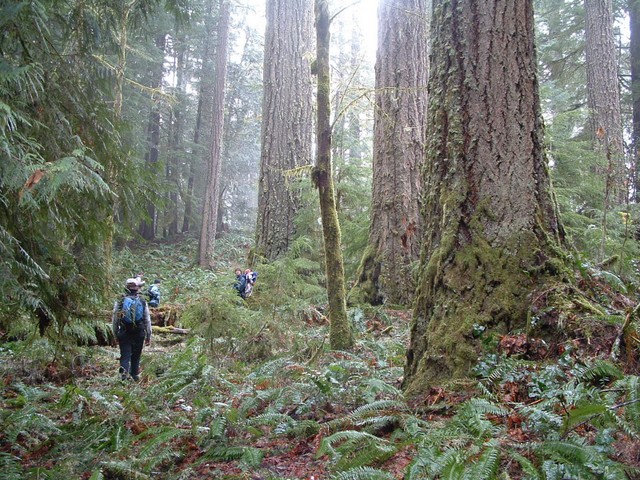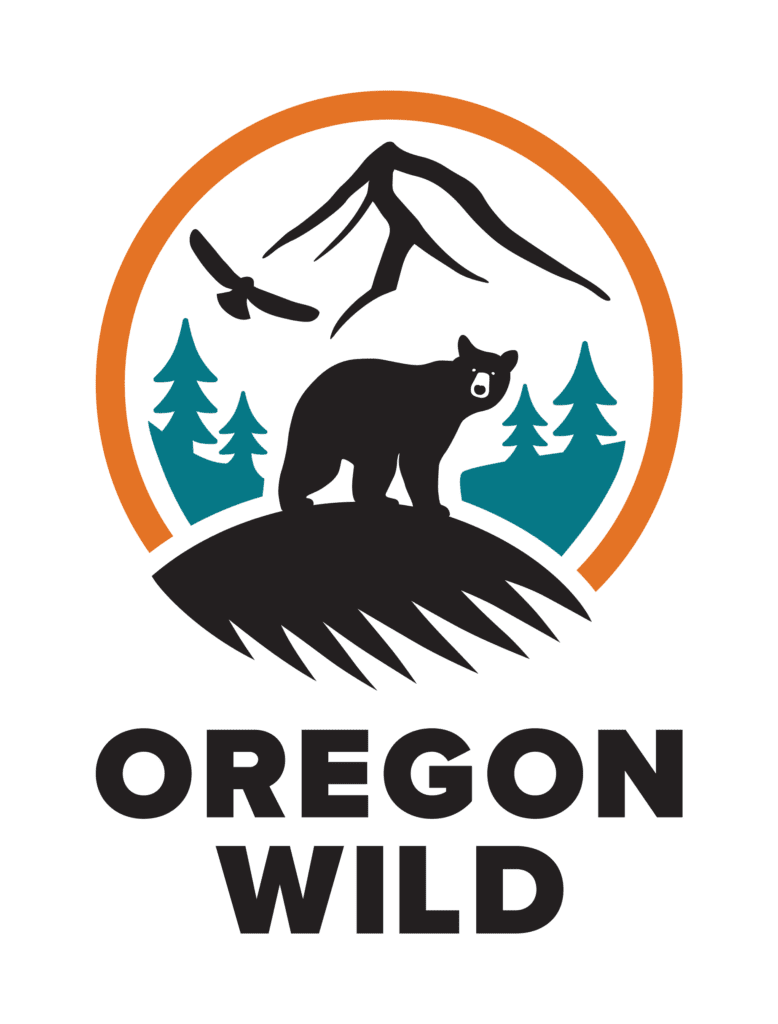Portland, OR April 18, 2024
Statement of Steve Pedery, Conservation Director.
| For More information, contact Steve Pedery. |
On behalf of our more than 20,000 members and supporters, Oregon Wild applauds the Biden administration’s adoption of an important new rule to conserve and protect America’s public lands managed by the US Bureau of Land Management (BLM). This federal rule directs the BLM to ensure conservation and recreation are on equal footing with natural resource extraction. For far too long, destructive uses of these lands by corporations and development interests has been elevated above the American people’s interest in seeing them preserved as legacy for future generations.
The release of the final Conservation Rule is a major step forward in protecting America’s wildlands, wildlife, and waters, as well as protecting and promoting responsible outdoor recreation and safeguarding cultural resources.
We are especially pleased that the rule recognizes the importance of America’s mature and old-growth forests as one of our best natural climate and carbon solutions, as well as vital habitat for countless species. In the months and years ahead, we look forward to working with the BLM to ensure they faithfully implement these goals, and the direction they received from President Biden in Executive Order 14072. The President directed the BLM and US Forest Service to identify threats to mature and old-growth forests, and to develop and implement policies to protect and restore them.
Unfortunately, in Oregon the protection of these critical forests has fallen short. The BLM is currently proposing to log hundreds of acres of mature and old-growth forests on public lands in southwest Oregon in the Poor Windy logging sale. Similar BLM logging proposals would destroy mature and old-growth forests on other public lands in western Oregon.
While we celebrate this announcement, we hope to see the Biden Administration and the BLM go further. America needs a strong, permanent rule banning the commercial logging of mature and old-growth forests on our public lands.





